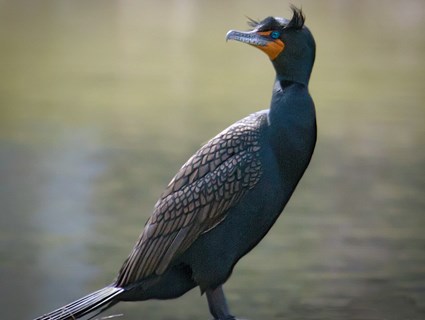
Phalacrocorax auritus
TAXONOMY
Carbo auritus Lesson, 1831, North America. Four subspecies.
OTHER COMMON NAMES
French: Cormoran а aigrettes; German: Ohrenscharbe; Spanish:
Cormorбn Orejudo.
PHYSICAL CHARACTERISTICS
Body length of 33 in (83 cm), with a bright yellow bill, yellow
cheek pouch, blue eyes, glossy blackish plumage, black legs and
feet, and males somewhat larger than females.
DISTRIBUTION
The most widely distributed cormorant in North America, occurring
on both the Pacific and Atlantic coasts, in the
Caribbean Sea, and on many larger inland lakes and rivers.
HABITAT
Usually nests on islands and feeds in coastal waters and in large
lakes and rivers.
BEHAVIOR
A highly social species that breeds in colonies and aggregates
in flocks; it catches its prey by underwater pursuit.
FEEDING ECOLOGY AND DIET
Feeds on small fish, crayfish, squid, and other crustaceans.
REPRODUCTIVE BIOLOGY
Lays three to four eggs in a crude stick-nest located in a tree,
with both sexes sharing the incubation (c. 25–29 days) and
rearing of the chick.
CONSERVATION STATUS
Not threatened. Abundant over much of its range. However,
this species was considered at risk in some states in the 1970s
due to organochlorine-pesticide-induced egg-shell thinning
and population declines. These populations are now increasing
in numbers following bans on the use of these chemicals.
SIGNIFICANCE TO HUMANS
In some parts of its range it is considered a pest for “eating too
many fish” and because it kills its nesting trees with its caustic
excrement.
Photo Gallery of - Double-crested cormorant
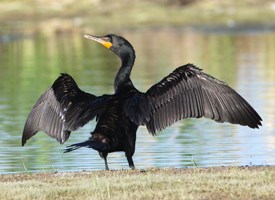
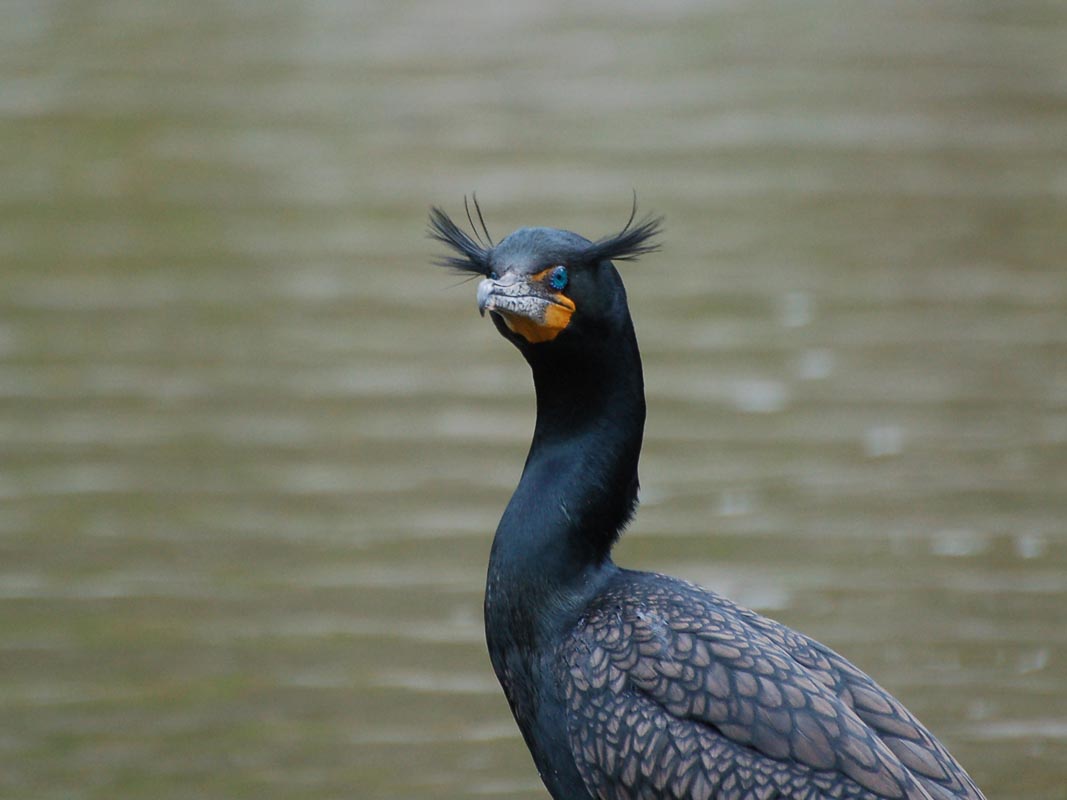
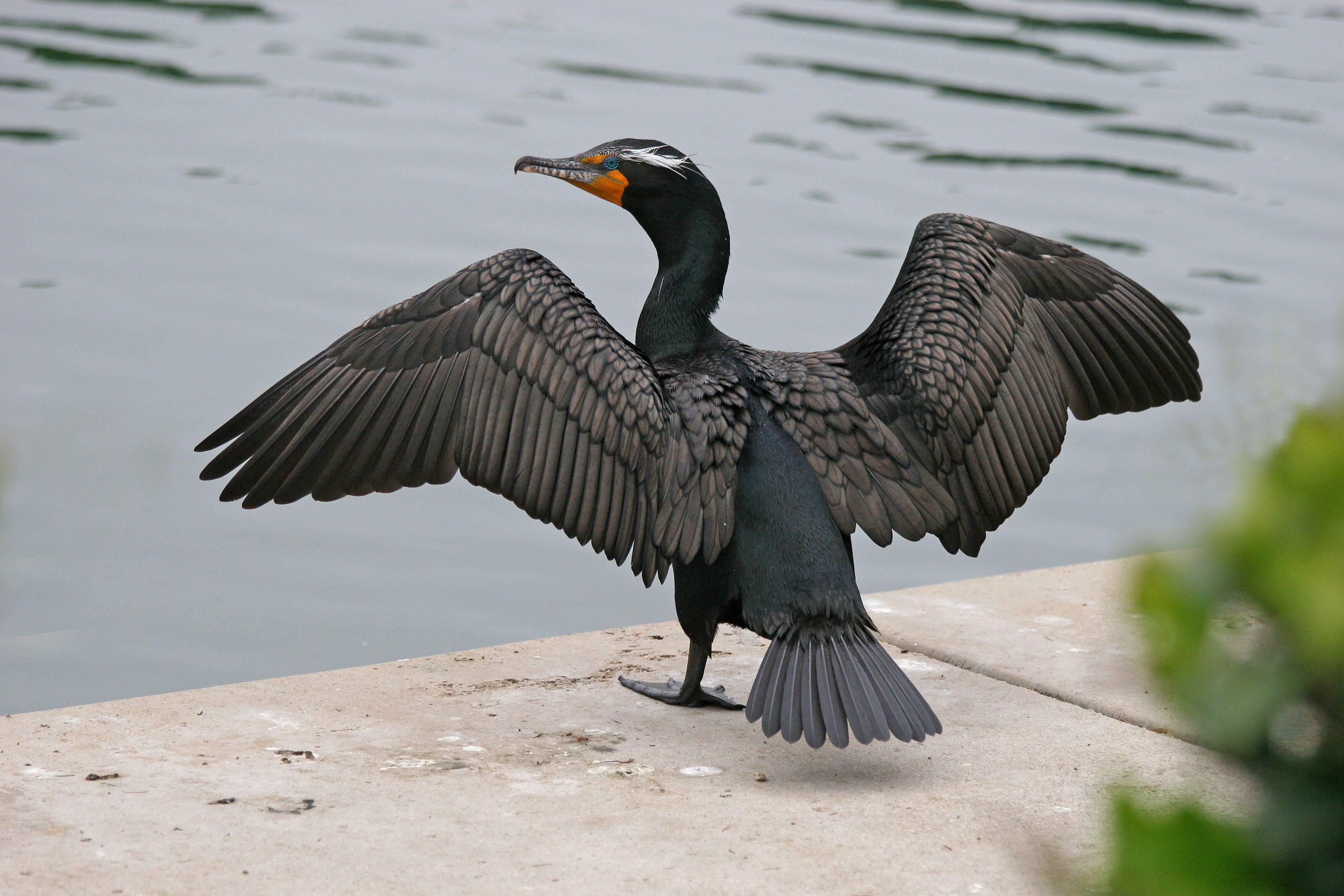
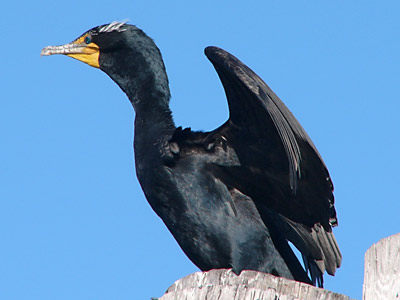
 Animalia Life
Animalia Life